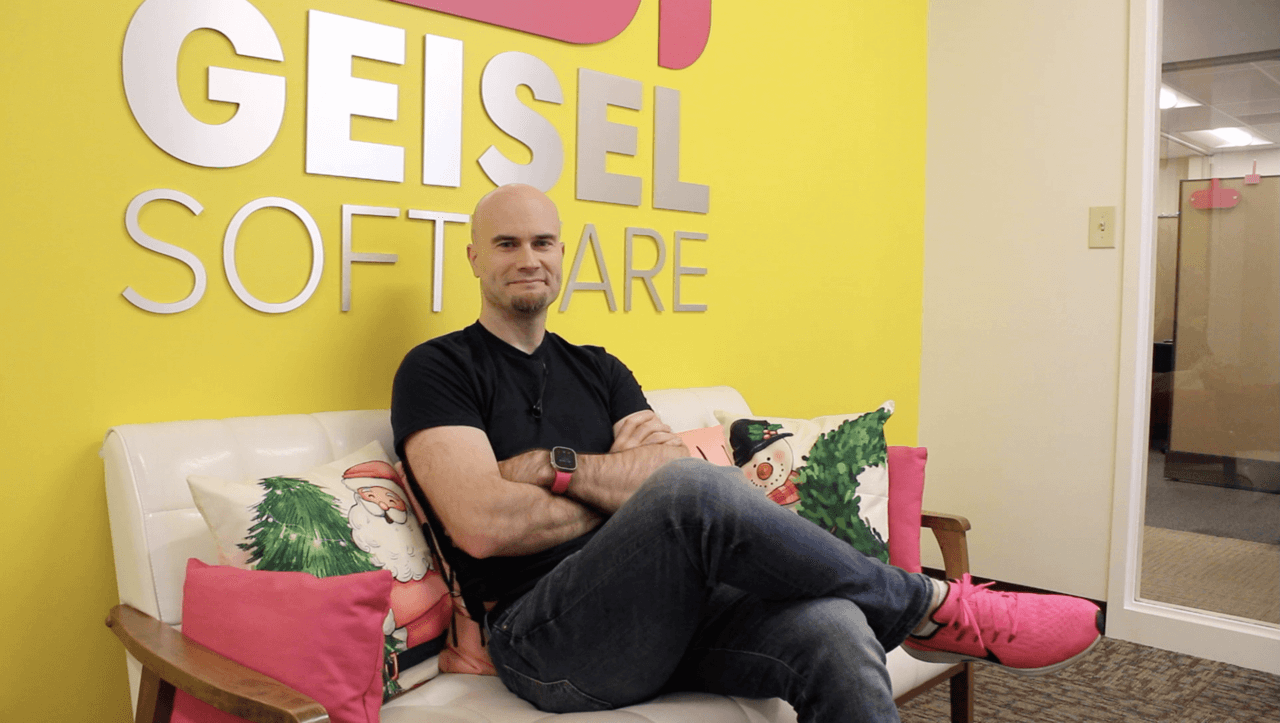IoT has traditionally been associated with the Connected Home. The idea that your car can talk to your front door, which can talk to your lighting, which can talk to your stove. The standard example of IoT is that your car – using embedded software and the cloud – is able to inform your front door when you pull into your driveway, which in turn unlocks and informs your lights they need to switch on now.
Things haven’t quite gone that far – yet – but it is heading that way. But IoT is much more than just your house. Companies are using IoT for manufacturing and enterprise. In 2021, the IoT in Manufacturing market was valued at $50.0 billion and is predicted to generate $87.9 billion in revenue by 2026.
Digital healthcare is another segment poised for huge growth. According to research from Market and Markets, the IoMT (Internet of Medical Things) market is estimated to generate $166.5 billion by 2028, growing at a CAGR of 32.1% from 2023 to 2028. Increasingly, connected devices in a number of forms are being introduced to patients to regularly track health information. Smart beds detect if they are occupied and when a patient tries to get up, while also adjusting to ensure appropriate pressure. Home medication dispensers can automatically upload data if a patient does not take medication.
There are other innovations. Mimo has rolled out an infant monitor providing parents with real-time information on their baby, including its breathing and skin temperature, with data sent straight to a smartphone. Pixie Scientific has developed smart diapers analyzing a patient’s urine in order to track any urinary tract infection (UTI), with a caregiver able to scan a QR code on the front of the diaper and have the data sent to their smartphone.
Vigilant, a Swiss firm, has meanwhile developed a smart insulin injection tracker, which comes in the form of an electronic cap fitting most insulin pens, and transmitting insulin injection data to an app. Proteus Digital Health, on the other hand, is bringing IoT to pills, launching an ingestible sensor within a pill that tracks a patient’s medication schedule.
These innovative devices not only pave the way for companies venturing into the IoT healthcare sector but also herald the dawn of new markets ripe for exploration. Given that a significant number of these devices necessitate follow-up consultations with doctors or other healthcare professionals, there emerges a compelling opportunity for the development and introduction of smarter, more sophisticated devices. These advanced tools are capable of gathering and delivering more intricate, valuable data, thereby significantly diminishing the frequency and necessity of direct patient-doctor interactions.
One of the major benefits of these advancements in IoT in the healthcare sector is that support can become more efficient, enabling healthcare professionals to keep an eye on the health of their patients without the need for hospitalization or regular visits. Senior citizens particularly stand to benefit. With IoT technologies employed in the home, they can live more independently, with reduced costs and less need for additional caregiver resources.
Some obstacles remain to the development of the sector, however, most notably, as ever, around data privacy and security. Most of the above devices have secure methods of communicating health information to the cloud, but they are still targets for hackers and could be vulnerable. Increasingly, however, regulators will develop frameworks for connected devices utilized in the healthcare sector, something already evident with the release by the United States Food and Drug Administration of guidelines for medical IoT devices. Regulation will catch up, but it will always be behind the pace of innovation in a sector that looks to be as lucrative for investors as it is efficient for healthcare professionals and patients alike.




